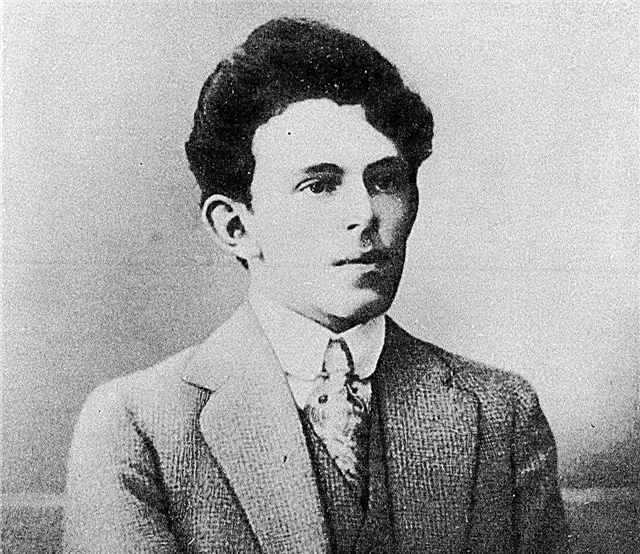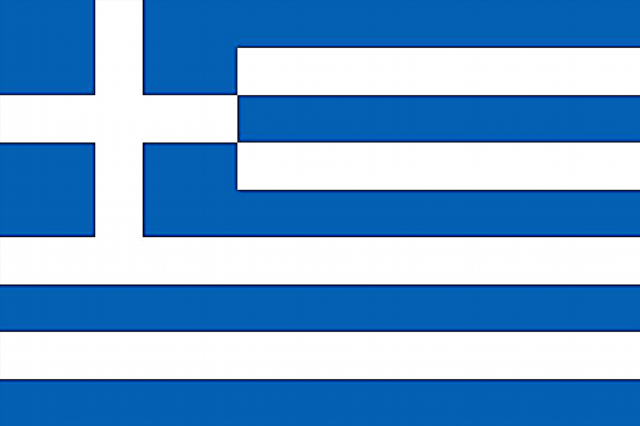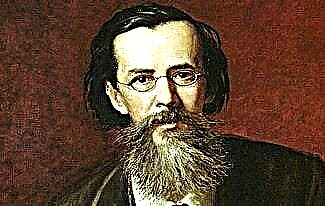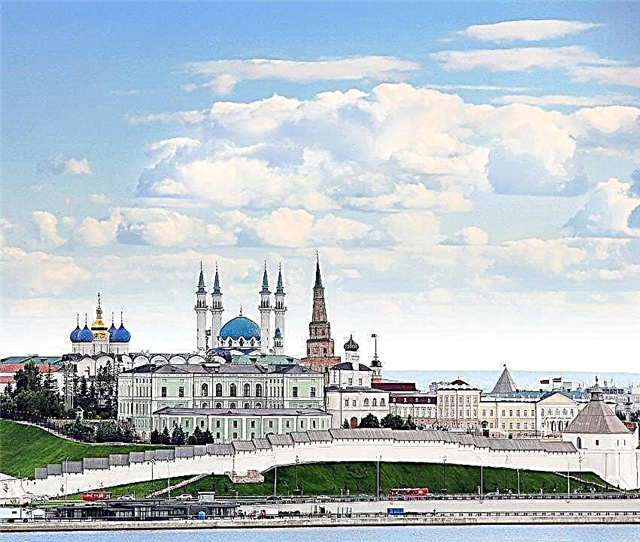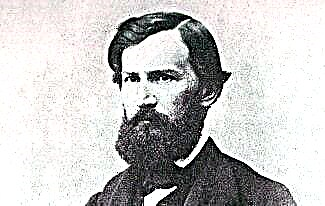Each of us knows the story from school years about the fact that Russia at the beginning of the XIII century was captured by a foreign army of Khan Batu. These conquerors came from the modern Mongolian steppes. Large hordes fell upon Russia, and the merciless horse riders, who were armed with bent sabers, saw no mercy then and acted equally well both in the steppe and in the Russian forests. At the same time, the frozen rivers were used in order to quickly move along the Russian off-road. The conquerors spoke in an incomprehensible language. They were considered pagans and had a Mongoloid appearance.
At the same time, there is a lot of information that made us look differently at the version familiar to everyone. This is not about some secret or new sources that historians simply did not take into account then. We are talking about the chronicles and other sources of the Middle Ages, on which the supporters of the version of the "Mongol-Tatar" yoke also relied.
The term "Mongol-Tatar yoke" itself was coined by Polish authors. Chronicler and diplomat Jan Dlugosz in 1479 managed to call the time of the existence of the Golden Horde that way. The historian Matthew Mekhovsky repeated after him in 1517 that he worked at the University of Krakow.

1. According to historical data, all the soldiers who fought under Batu's leadership were called Tatar-Mongols. With a detailed study of history, it was also possible to find out that in the first such battle on Kalka it was not they who fought on the side of the invaders, but the free Russian people, considered their Cossack predecessors.
2. When Kiev was seized by the Tatar-Mongol yoke, all household and residential buildings, castles and palaces became ashes.
3. The first population census in the history of Russia was carried out by representatives of the Tatar-Mongol horde. They then needed to collect accurate data regarding the inhabitants of each principality, as well as their belonging to the estates.
4. Kiev voivode Dmitr, who bravely fought against the horde of the formidable Tatar-Mongol yoke and led the defense of the city at that time, after the destruction of the Russian army as a wounded man was taken prisoner by the Mongols. Batu Khan, having imbued a weakness for defeated, but mentally undefeated rivals, was able to leave this voivode with him as a military officer.

5. Presumably the secret of the Tatar-Mongolian cavalry was in a special breed of Mongolian horses. These horses were hardy and unpretentious. They could get food on their own even in the winter cold.
6. When the "Mongol-Tatar invaders" appeared on Russian soil, the Orthodox Church began to flourish. Then they began to build a large number of temples, especially in the horde itself, the rise of church dignity took place, and the church acquired some benefits.
7. It is also interesting that the written Russian language at the onset of the Tatar-Mongol yoke reached a new level.
8. Thanks to the analysis of historical facts, it becomes clear that the “Tatar-Mongol yoke” was invented only in order to hide the consequences after the baptism of Kievan Rus. This religion was then imposed by a far from peaceful method.

9. Genghis Khan is not a name, but the title of "military prince", which in modern times is close to the post of Commander-in-Chief of the army. There were several people who had such a title. The most outstanding of them is Timur, and it is he who is spoken of as Genghis Khan.
10. During the existence of the Tatar-Mongol yoke, not a single document in Mongolian or Tatar language was preserved. Despite this, there is a lot of documentation from that time in Russian.

